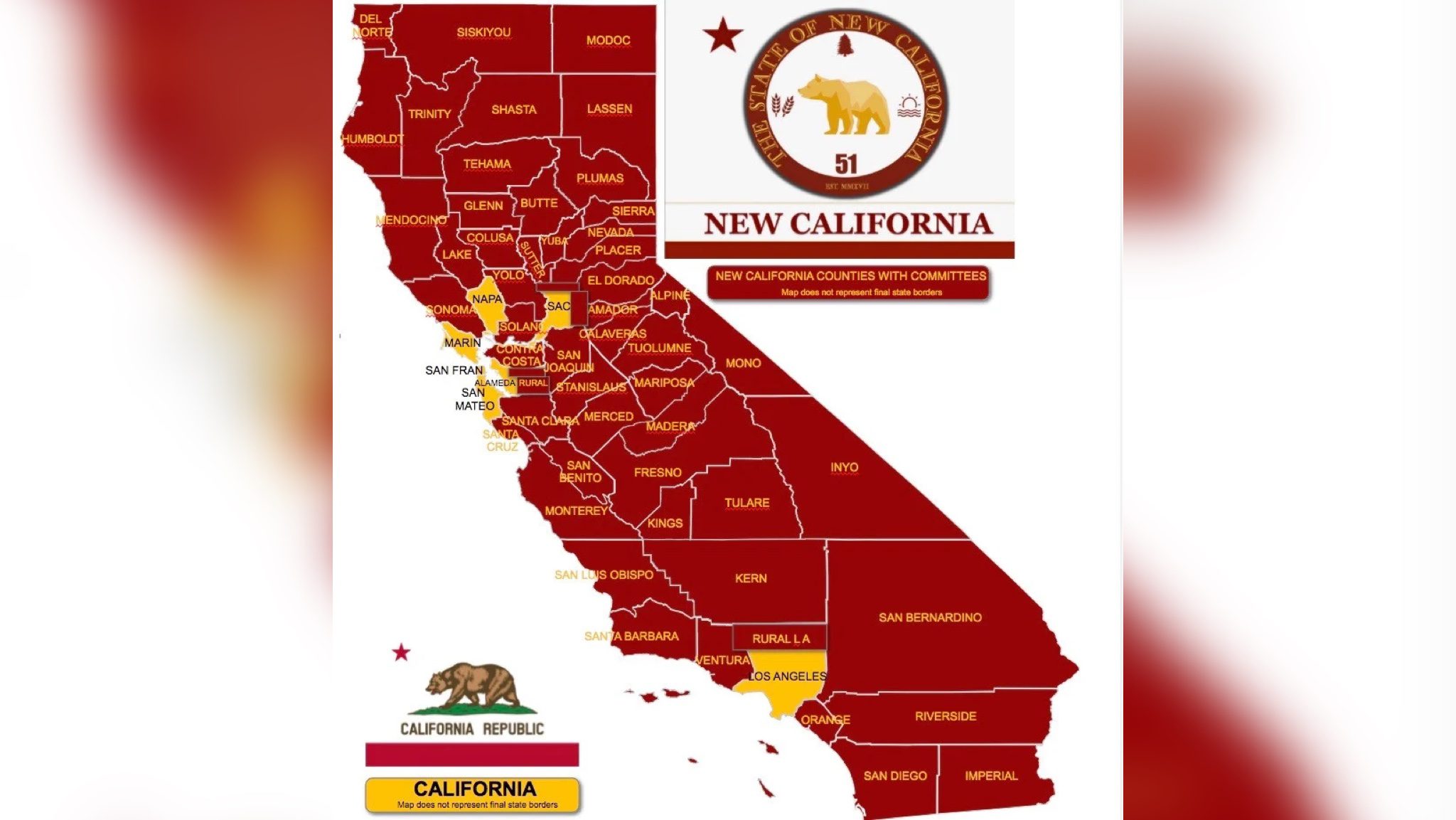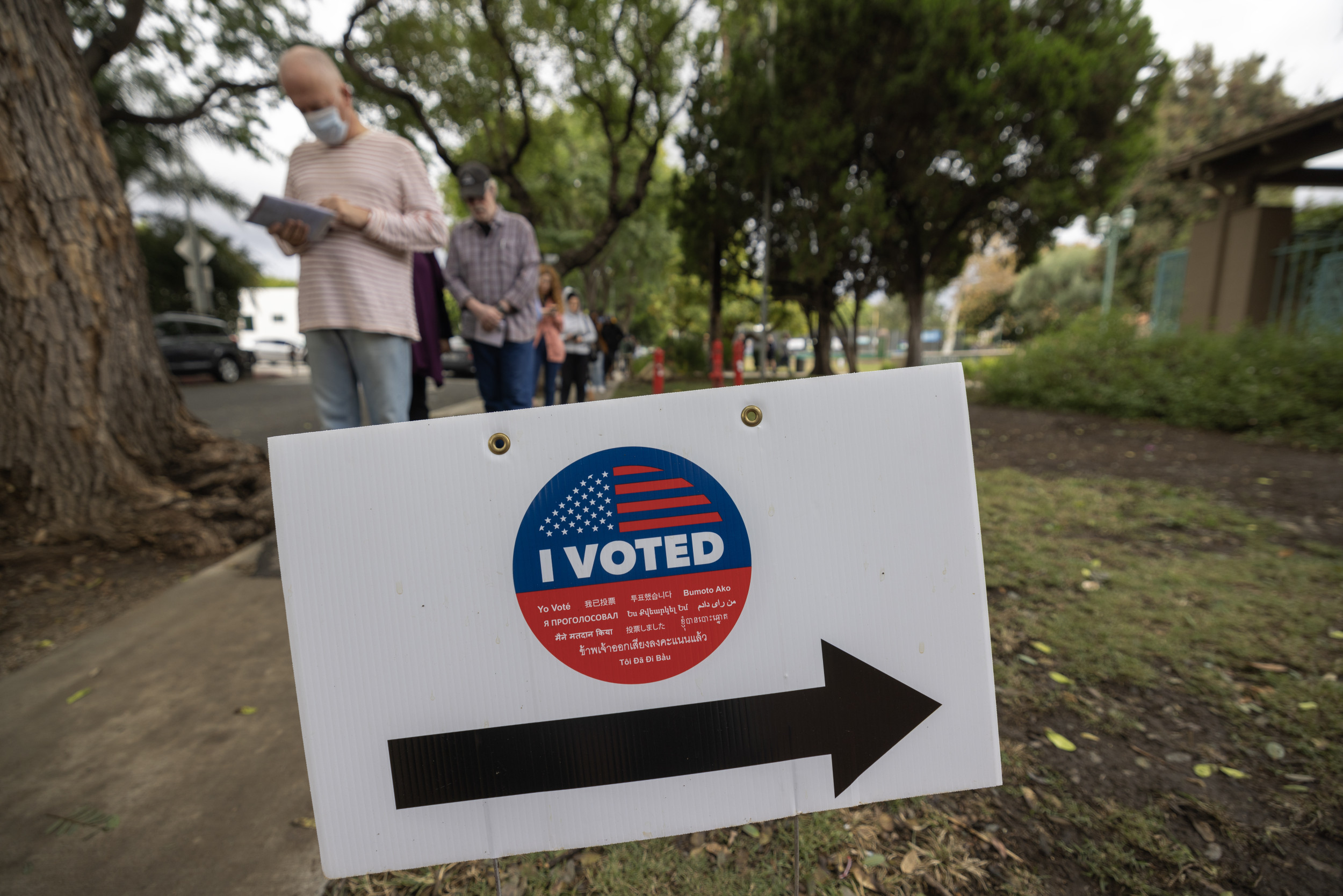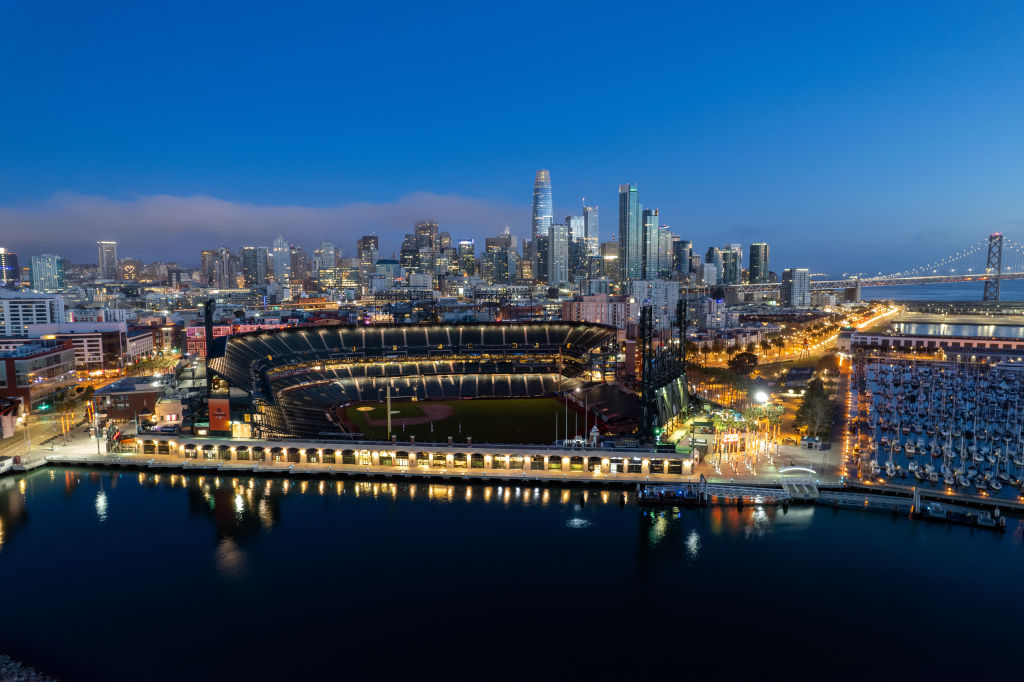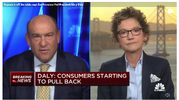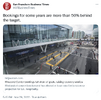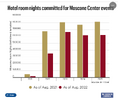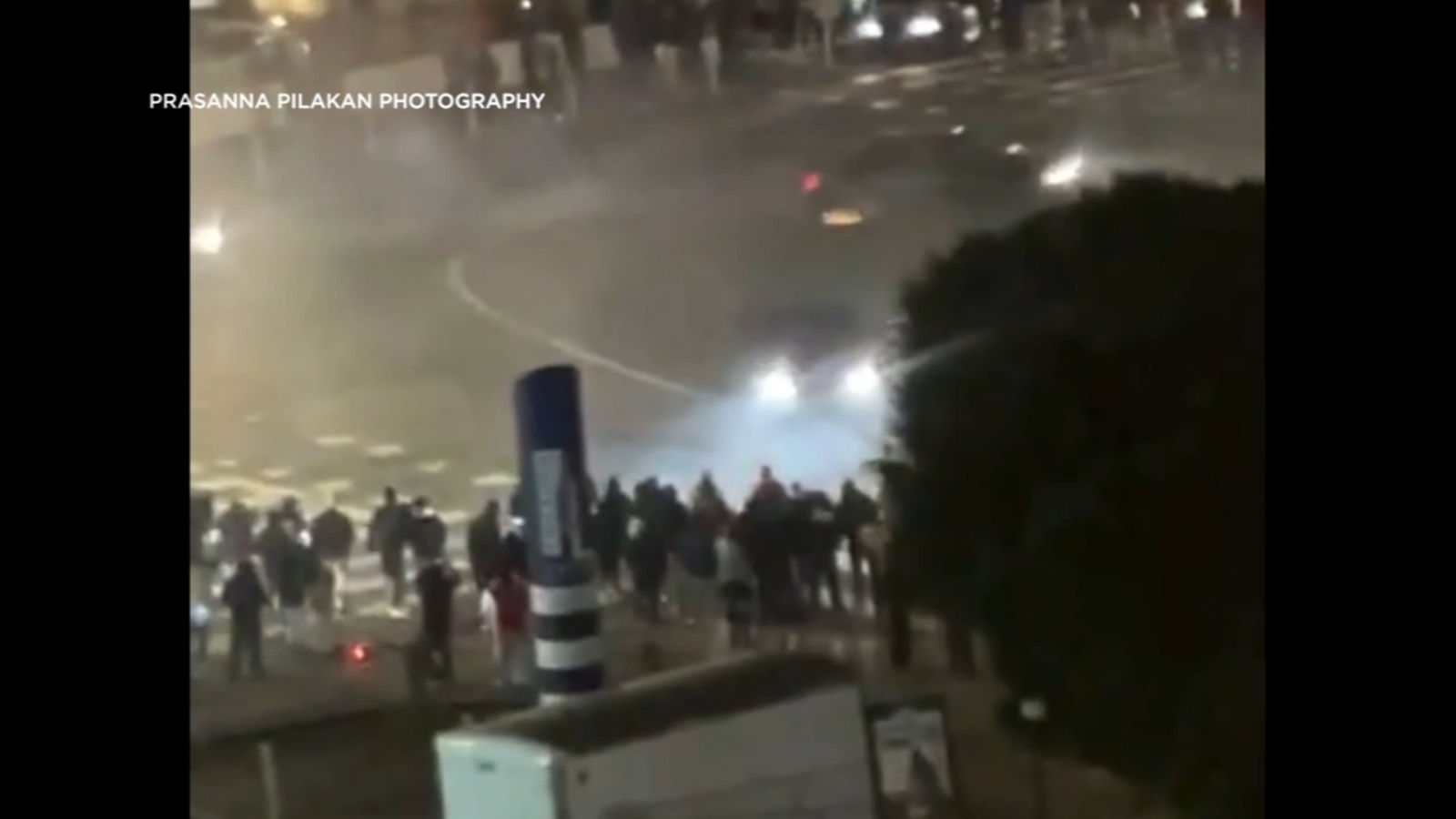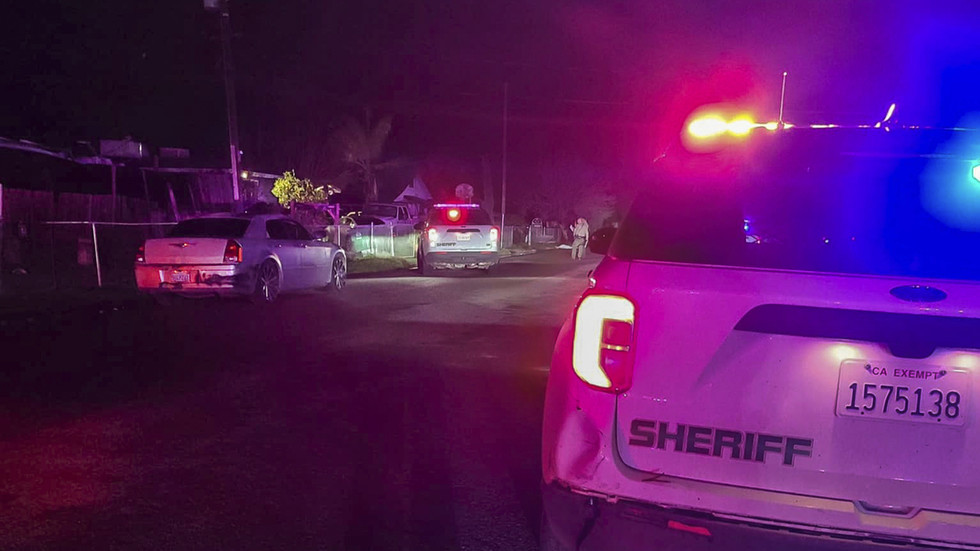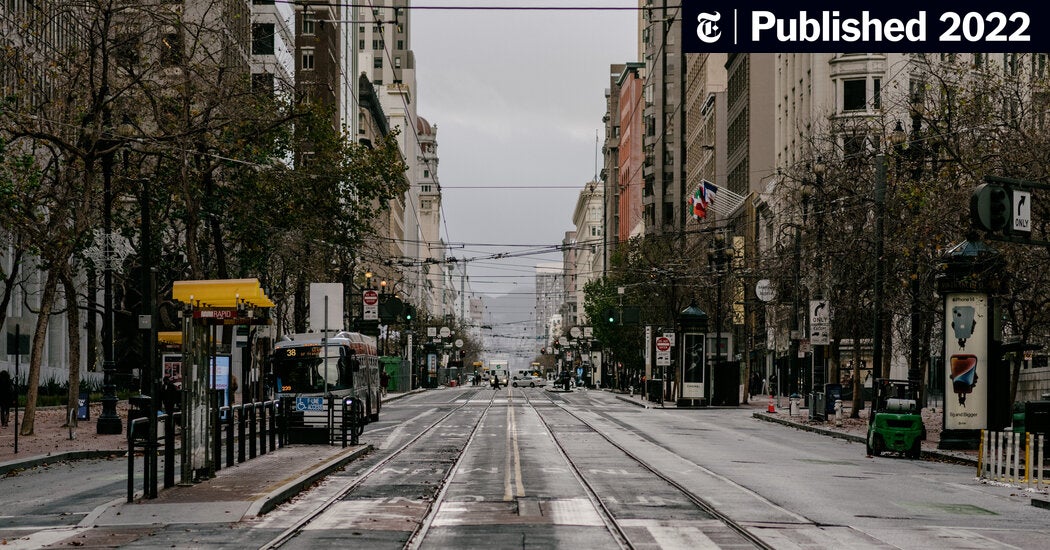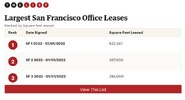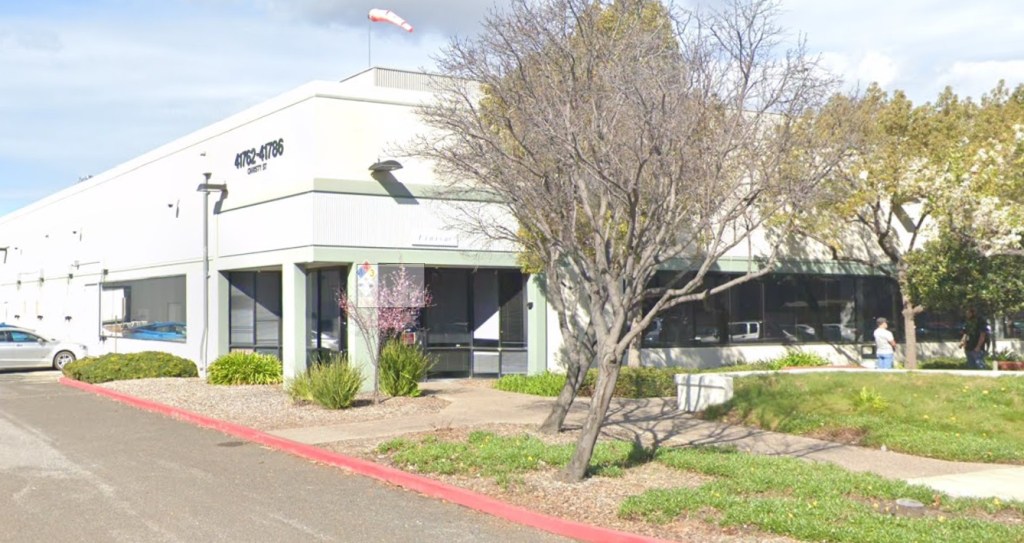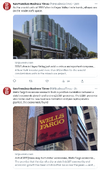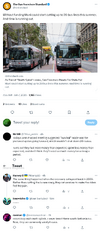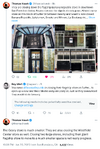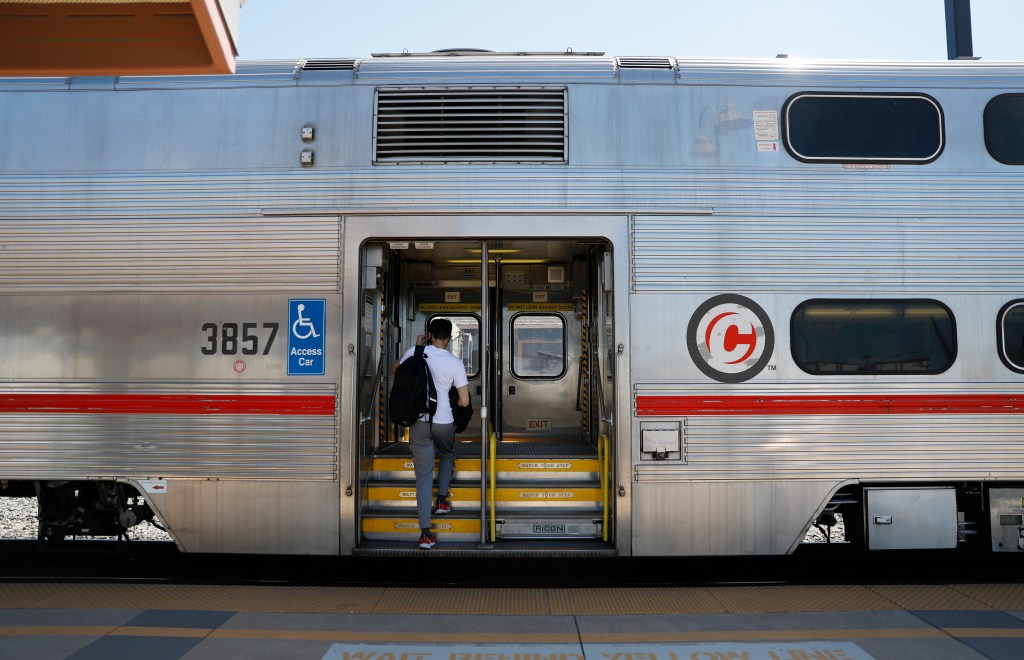
Doomsday scenario for sinking Bay Area transit: No weekend BART, bus lines cancelled or a taxpayer bailout.
“People don’t understand the transit system is so close to collapse,” said one advocate.
 www.mercurynews.com
www.mercurynews.com
PUBLISHED: November 20, 2022 at 5:55 a.m. | UPDATED: November 20, 2022 at 7:30 a.m.
Bay Area ‘death spiral’ outlined in newly obtained transit-planning documents
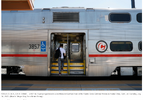
In an apocalyptic vision of Bay Area public transit, BART cancels its weekend service and shutters nine stations just to keep the lights on elsewhere. Trains run once an hour, instead of every 15 minutes. San Francisco’s Muni buses crawl around on life-support, and the East Bay’s AC Transit eliminates “numerous local lines.” Ferry service across the bay is halved.
This is not a doomsday fantasy, conjured up on a paper napkin. These are real scenarios drafted by the region’s transit agencies in a series of federally mandated planning documents obtained through a public records request by the Bay Area News Group. The grim projections come as the region’s commuter trains, buses and boats struggle to recover from massive ridership declines during the COVID pandemic and burn through the remaining federal relief funds that have helped keep them operating.
“People don’t understand the transit system is so close to collapse,” said Ian Griffiths, who heads Seamless Bay Area, a transit advocacy group. “They’re on the brink.”
How bad could it get? A closer look at the documents sent by each agency to the region’s umbrella transit group, the Metropolitan Transportation Commission, provide a rare regionwide accounting of what service cuts could look like under dire fiscal outlooks. This is what is possible, they say, unless Bay Area taxpayers and state leaders in Sacramento pony up more money to revive the ailing system.
The scenarios – akin to transit planning war games – also provide a window into alternative versions of the Bay Area’s post-pandemic future.
- BART: Terminating two of five train lines – Red and Green – meaning no more direct trains from Richmond and Berryessa to San Francisco.
- Caltrain: Slashing service amid a $50 million deficit, even as its $2.4 billion electrified trains hit the rails.
- AC Transit: “Numerous local lines” reduced or fully discontinued.
- Ferries: Major midday and weekend services slashed across the bay. Service expansions to Berkeley, Redwood City and Mission Bay halted.
- Muni: Entire network returns to pandemic-era levels with frequency reductions starting on bus lines 2, 6 and 21
In the most optimistic scenario, Bay Area commuters return to pack trains and buses every day. Connections are fast and reliable as city centers and tech campuses hum with life. But a darker picture is emerging as downtown San Francisco and Silicon Valley slog through growing tech layoffs and warning signs flash of an impending recession.
Service cuts could dwarf those seen during the Great Recession and the dot-com bubble. Canceled trains leave people stranded. Car owners flee transit and pack highways. Only the Bay Area’s most desperate residents rely on the crumbling network.
Bobbie Barlet would be among those stuck riding a curtailed BART. She relies on the train every workday to commute from Antioch to Oakland International Airport. “People have no other option. This makes a huge difference,” said Barlet. Her request to agencies who may soon be eyeing service cuts: “Please don’t.”
At the heart of these transit planning scenarios is a clarion call from the region’s transportation planners: They need more money – a lot of it – not to build shiny new stations, or fashion a second tunnel under the bay, but just to keep their systems running. In the coming five years, the Bay Area’s seven largest operators face a cumulative $2 billion operating deficit, according to the MTC, which oversees regional transit financing.
What is driving the crisis? One of the nation’s worst ridership collapses. Agencies like Caltrain, BART and Golden Gate Ferry built their existence on funneling commuters in and out of downtown San Francisco, but now many of us are comfortably working at home. “It’s not just a potential recession. This is a real change in behavior and ridership,” said Jason Baker of the Silicon Valley Leadership Group. “Transit as we know it is in serious jeopardy.”
But pandemic-era ridership losses, while significant, are just one part of the problem. There are issues that have long plagued transit budgets, including rising labor costs, inflationary pressures and a history of overspending and inefficiencies. Prior to the pandemic, taxpayers subsidized operating costs for Bay Area transit systems by roughly 50% to 85% depending on the transit agency in charge, sending billions each year through sales and property taxes, bridge tolls and even parking tickets.
“You add up all these problems, and for them to step forward and say ‘there is a doomsday scenario, give us your taxes’ – it’s a hard pill to swallow,” said state Sen. Steve Glazer from Orinda. “Now they want to basically ignore the meal and have taxpayers pay the check.”
At San Francisco’s Muni for instance, even in the best-case scenario – where riders pack buses and will soon crowd the Central Subway, the $1.95 billion light rail project that opened on Saturday – the agency is projecting long-term service cuts of 21% across bus and rail, compared to pre-pandemic levels.
“The cost of the service has increased,” said Jonathan Rewer, the chief financial officer at SFMTA, which runs Muni. He cited a labor contract that increased wages by 11% over three years starting in 2019, rising fuel costs and other inflationary pressures.
Each agency now faces its own financial deadline, known as a fiscal cliff, when the billions of dollars in federal assistance they received over the pandemic run dry. Their cliffs differ in time and size depending on how efficiently the agencies stretched relief dollars, along with their own unique budgetary puzzles and the impact of byzantine federal funding formulas.
First comes Caltrain, which is projected to open up a $25 million budget hole as soon as next year, followed by Muni and the Golden Gate bus and ferry district. BART’s fiscal cliff is likely in 2025. The VTA’s is pushed to 2027 due to healthy sales tax revenue, according to their financials, but funding for the Santa Clara County agency could be upended by recessionary pressures.
Officials are quick to emphasize that their doomsday projections are a “paper exercise,” not a policy decision and did not account for the prospect of fare hikes. There are often budgetary moves transit operators can make to stave off the worst cuts. Still, officials said the trends summarized in the exercises hold true.
Potential cuts are biggest at BART, the regional rail spine, where service could plummet by 80% in what transit planners refer to as a “death spiral.” The severity is caused by the high fixed costs of running a train system, the agency said. In order to cut its way out of a budget crisis, BART would need to slash service so deep that riders would flee causing even deeper budgetary wounds and a cycle of ridership losses.
“You’re cutting service until people can’t get on the train,” said Michael Eiseman, BART’s financial planning director.
Buses, which are more readily able to scale service, could see cuts ranging from 15% at AC Transit, the East Bay’s biggest bus operator, to 25% for San Francisco’s Muni, compared to pre-pandemic levels. “Ten percent cuts have happened before and even they were pretty grim,” said Peter Straus, a former service planner for SFMTA, which runs Muni. “There’s no way that San Francisco could swallow a 20% cut in service without some pretty drastic impacts on people’s lives.”
The future of the Bay Area’s transportation network – one that forms a vital social safety net, and reduces traffic and carbon emissions – is at stake, according to transit advocates. But there’s also a key tension to agencies’ calls for more money: Will the state and local taxpayers be willing to invest more dollars in a lagging transit system that is moving fewer people and taking fewer cars off the road?
State Sen. Scott Wiener is among the lawmakers pushing to rescue transit as budget negotiations restart in January. Regional transit officials are hoping the state will provide a bridge over the fiscal cliff for the next five years as they prepare a multibillion-dollar local ballot measure for 2026 or 2028. But they face headwinds. The state of California is now facing a projected $25 billion budget shortfall.
The loss in transit service would “completely explode congestion on our roads, it would undermine our economic recovery and it would deeply harm low-income workers,” said Wiener. “We can’t let that happen.”

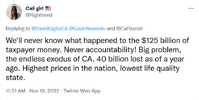
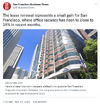
Notice the thumbnails associated with the article.
This is may indicate the last-ditch effort via the current legalization of allowing drugs on the streets. As the blue states struggle with a crumbling economy.
I think that France will soon follow suit in legalizing Mary Jane with this multi-million dollar cash cow at the behest of the population.
Bon vent la France!

The status of legal cannabis varies widely state by state. Federal legalization could radically change that, ushering in a wave of innovation, tax revenue and billions in new capital.
The effort got a boost on Oct. 6 from President Joe Biden. The president pardoned people with simple federal cannabis possession convictions and ordered an administrative review of cannabis’ status as a banned drug.
Still, the long term consequences for cannabis businesses and investors remains unclear.
Today, 21 states and the District of Columbia allow legal recreational use. Recreational sales started in New Jersey earlier this year. Five additional states voted on legalizing cannabis in the last election with both Maryland and Missouri voting in favor of ballot measures allowing recreational sales. All but a dozen states allow medical use, and in some, like Pennsylvania, the medical markets are among the most lucrative in the nation.
Investment bank Cowen estimated U.S cannabis sales at $27 billion in 2021. New states are pushing sales totals higher, and more are on the way, including New York. The state hopes to begin retail sales by the end of the year, birthing a market that by one estimate could top $1 billion in 2023 and exceed $4 billion in 2027.
There is no national repository of cannabis sales data. State data is rarely comparable and is murky as markets shift from medical to recreational sales. To assess the cannabis economy as it is now, the Business Journal collected tax, revenue and dispensary information from state governments, supplemented by research firms and other private sources. To enable comparisons, the Business Journal estimated some sales figures by combining recreational and medical sales.
To see how states with legal cannabis sales rank, click on the gallery above.




